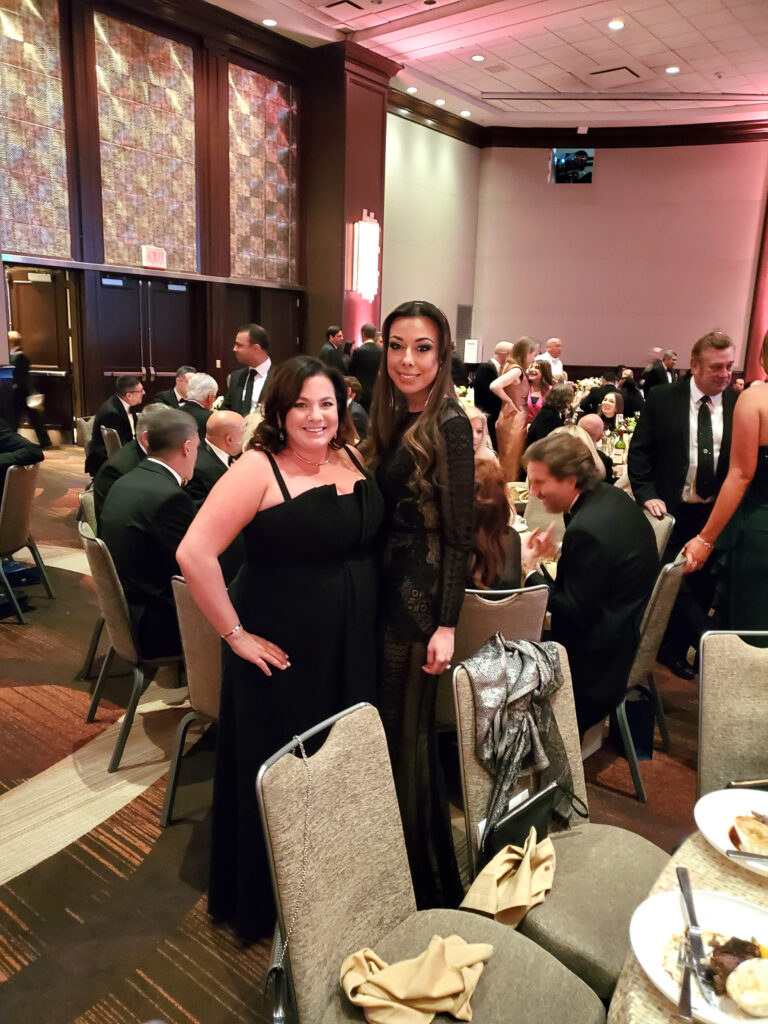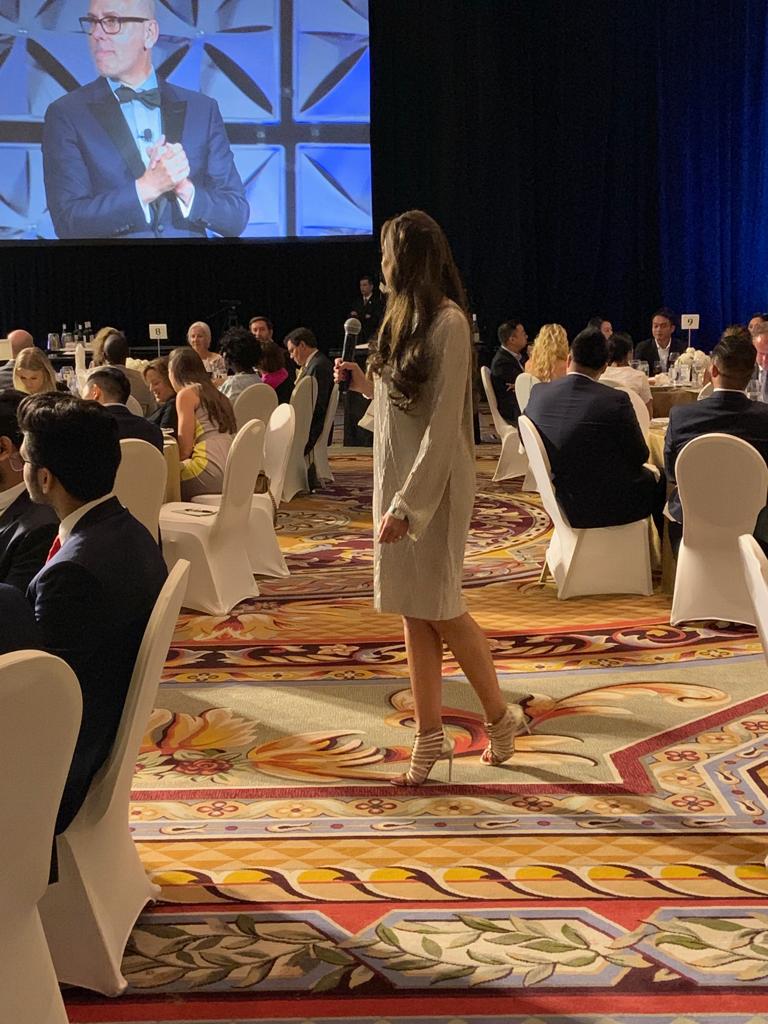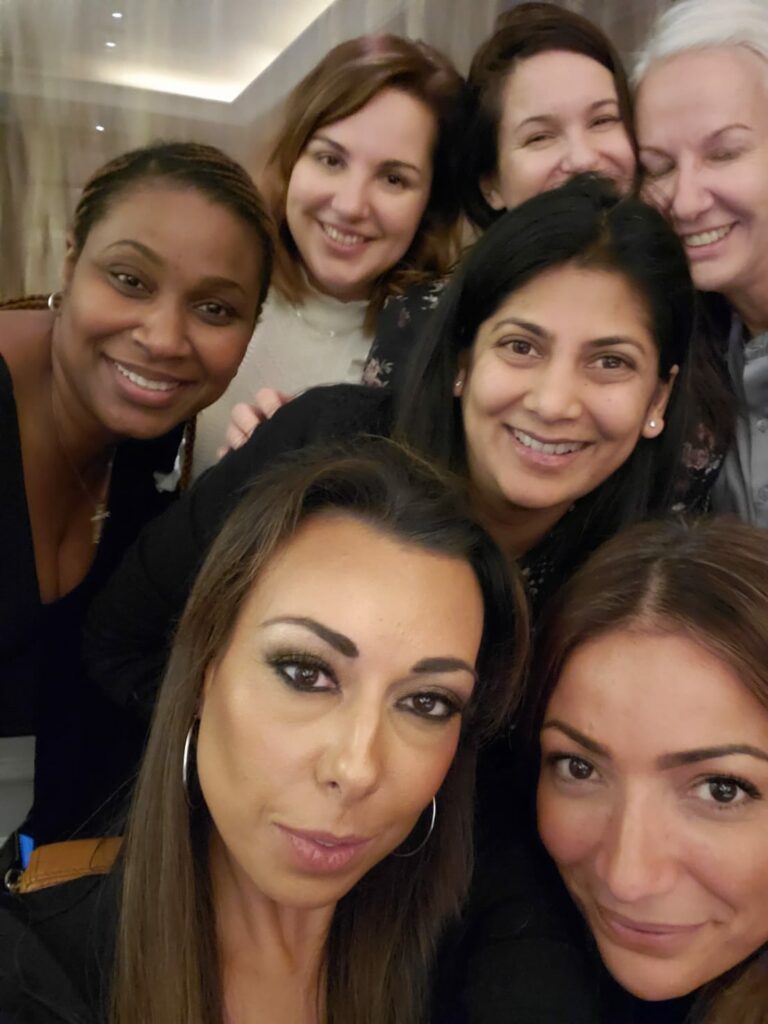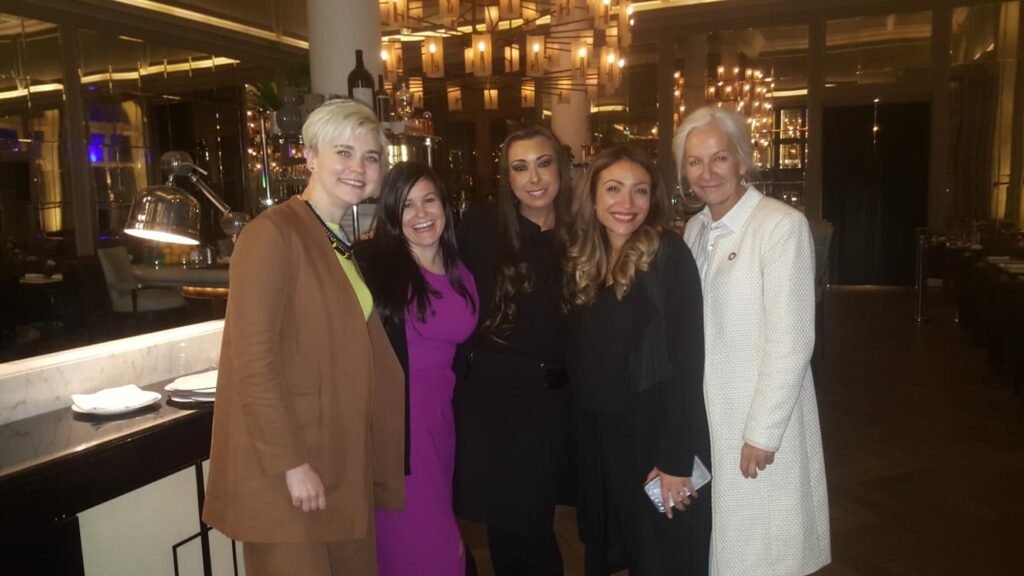Jewelry Style Through the Ages: 1950s
- By: Debbie Azar
- On:
- 0 Comment

Throughout World War II, economic stability for many was uncertain. Extreme rationing took place and America hunkered down—and banded together—to embark on an unknown future. But in 1945, against odds and many grim hypotheses, a boom occurred and society started on a path to resiliency, spending money once again.

New homes and appliances came first, but soon clothing and jewelry followed. Storage cases which were once filled with trending costume pieces eventually glowed with fine gemstones. Socialites, movie stars, and well-off classes complemented their classic day and nighttime looks with lavish diamonds and pearls in the form of necklaces, brooches, and earrings, as it was a time to celebrate and shine.

Christian Dior and Van Cleef & Arpels were notably two designers that reveled in the newfound glamour and ran with the increased, post-war production of diamonds and platinum. According to an article I came across from Christie’s, the houses’ focus on femininity and elegance yielded oversized designs, displaying intricate details and an exceptionally generous use of stones. Let’s take a look at some iconic pieces from the past that fit into this opulent category and time.
Marilyn Monroe’s Mikimoto Pearls
The iconic screen siren’s simple but elegant strand of Mikimoto pearls definitely goes down as one of Monroe’s most famous pieces of jewelry of all time.

After she married her second husband, baseball hall-of-famer Joe Dimaggio, in 1954, they embarked on a honeymoon to Japan. It was there, that he gifted her the 16-inch, Akoya-pearl necklace which undoubtedly inspired others near and far to invest in a similar strand, igniting a pearl craze.
Shirley Temple in Harry Winston
Once known as the “King of Diamonds,” Harry Winston supplied many a royal and movie star with diamonds galore. The house even at one time owned the Hope Diamond, along with the Indore Pears purchased from the Maharajah of Indore.

These somewhat-controversial, pear-cut stones graced the neck of Shirley Temple at a benefit in 1951. According to JCK, when Harry Winston bought the diamonds they weighed a whopping 46.95 and 46.7 carats. The adorable movie star indefinitely turned a head or two that night.
Today, I would definitely wear a more modest piece like this marquis and princess-cut Cupid necklace from De Beers, which spotlights two exquisite pear-shaped diamonds and that famous bolo-inspired silhouette. This one happens to resemble angel wings. Stunning.
Grace Kelly’s Cartier Engagement Ring
Thanks to a flourishing economy, the engagement ring market took off quickly. Leave it to stunner Grace Kelly to help with that. In 1956, Prince Rainier III of Monaco proposed to Kelly with a 10.47-carat, emerald-cut diamond ring. Cartier explains, “To emphasize the ring’s originality, the jewelers designed a platinum mount with a baguette-cut diamond on each side of the central stone.”

This work of art would be the envy or brides-to-be everywhere—and that still holds true in our modern day.
Single Stone’s Caroline Ring is an exquisitely updated take on Grace Kelly’s design. With an emerald cut yellow diamond flanked by two emerald-cut baguettes on each side, and a slighter thicker 18k yellow gold band, this pick is for the “now” bride.
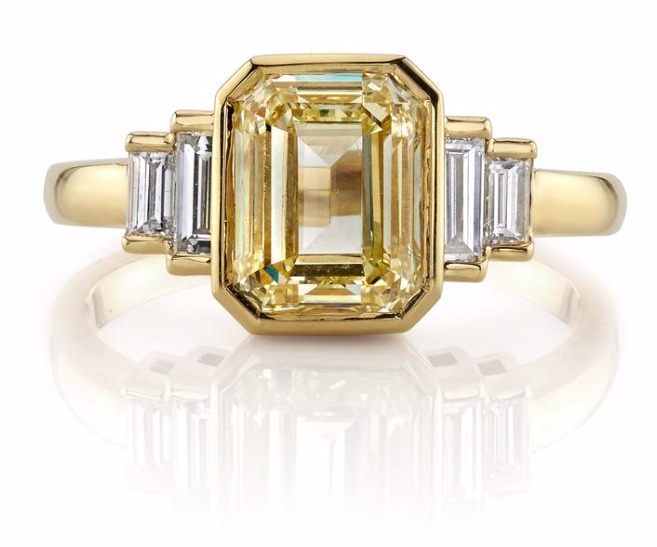
Elizabeth Taylor’s Bulgari Emerald Brooch
Finally, we have the legendary Elizabeth Taylor who was known for her devotion to the jewelry world. Her famous brooch, which she donned in some of her films, was a floral masterpiece designed by none other than Bulgari. and gifted to her by former husband Eddie Fisher.

Oval-cut emeralds joined with baguette-cut diamonds on platinum to form a cascading work of ethereal beauty. The piece first appeared on Taylor in 1960, and since that moment—well—emeralds just have never been the same.
Since the brooch isn’t as popular of an accessory today, I’ve chosen these Neil Lane emerald and diamond earrings for a wearable choice that goes with the current trends. As you can see, the floral design is reminiscent of Taylor’s treasure.
In conclusion, jewelry in the 1950s made women stand out and proudly be the focus of attention from others. It was also a time where luxury jewelry designers began introducing unique, creative designs in precious jewelry, creating timeless trends that remain covetable to this day.
About The Author
Debbie Azar is the Co-Founder and President of Gemological Science International (GSI), one of the largest gemological organizations in the world, and a distinguished leader in the global diamond and jewelry industry. As an executive with extensive knowledge of the jewelry and gem lab industries, her entrepreneurial skills and vision have helped GSI achieve rapid and continuous growth worldwide, establishing 13 leading-edge gemological facilities on four continents. She currently serves on the boards of the Jewelers Vigilance Committee, Responsible Jewellery Council, and Jewelers for Children, and is a member of the 24 Karat Club of New York. She has been featured in Forbes, Daily Mail, Good Morning America, Bloomberg, Bloomberg Businessweek, Fox Business, Fox5, CBS2, BOLDTV, Varney&Co, The Street, and NASDAQ, among others.











